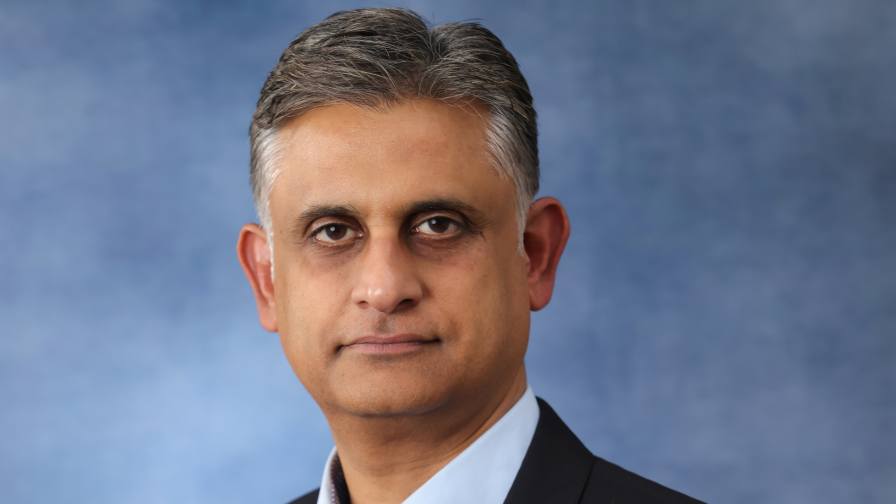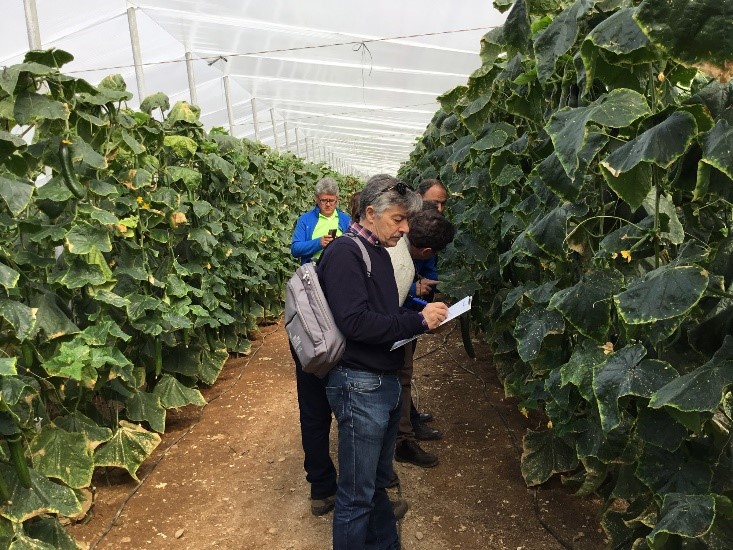Nutritional Assessment
Global demand for fertilizers is expected to rise 11% in the next five years, according to a recent report by the International Fertilizer Association (IFA). Nutrient sales will grow to 191 million tons in the 2015/16 growing season, compared to 163.9 million tons in 2009/10 and an anticipated 172.1 million tons this year. Those increases represent a positive trend after a contraction of 7.6% in 2008/09.
Global nutrient sales for all uses is projected to grow 3.5% in 2011 to 220 million tons, with nitrogen and phosphate products rising about 3% and potassium products outpacing 2010 by more than 5%.
Some of the gains in fertilizer usage are a result of heightened production of all crops. Favorable commodity prices have encouraged farmers to expand acreage of cotton, maize and soybeans to capitalize on favorable prices. Grains are demanding higher prices as well, as two consecutive years of drought in key producing regions significantly diminished global production and depleted national inventories more than 10%.
Farmers are now filling not only annual demand, but the demand generated from replenishing stocks. Sugar price reached a 30-year high earlier this year as well, and oilseed production continues to climb to meet the needs of emerging middle classes in developing economies.
Amid this environment of heightened production, crop inputs – especially fertilizers – are adopted at a higher rate so farmers can optimize their yields and bolster their annual profitability.
Fertilizer demand is expected to rise in all regions, with a strong rebound in Eastern Europe and Central Asia, according to IFA. The largest gains in terms of volume of fertilizers used are expected in South Asia, East Asia and Latin America. Globally, potassium demand is expected to fully rebound to industry highs reached in 2007/08 by growing 5.5%, and growth rates for nitrogen and phosphorous are expected to hover around 2%.
In East Asia, China’s rising demand for vegetables, oils and traditional row crops are fueling the uptick in fertilizer usage. Although nitrogen and phosphorous usage are expected to grow at a slower pace than the past few years, potassium is expected to rise significantly. However, agriculture policy in China could change significantly depending on the federal government’s prioritization of its environmental policy. Indonesia and Malaysia are also increasing their adoption of potassium in the near term.
In South Asia, much of the region’s expected strong growth resides in the supercharged Indian economy, expected to be the fastest growing economy on the planet in 2011. India’s consumption is expected to rise 3.4% each year through 2016 to meet the needs of a growing population and its burgeoning middle class. Farmer adoption of fertilizers has risen dramatically since the implementation of its government subsidy program for nutrients, and any reformulation of this policy could impact the subcontinent.
In the Americas, favorable commodity prices and the continued emergence of ethanol combine to drive industry growth. North America is expected to rise 2.3% per year for the next five years, and Latin America is expected to expand more than 4% per year.
Fertilizer demand in Western and Central Europe is growing at a slower pace, about 1%. It will be the only region that does not rebound to the 2007/08 high by 2015/16. Conversely, Eastern Europe and Central Asia, specifically Russia and Ukraine, expect annual demand growth around 4%.
African agriculture, under massive pressure to bolster productivity and battle food scarcity, is seeing significant investment in the region. Fertilizer demand is expected to rise 4% per year through the 2015/16 growing season across Africa, but there will be wide differences between countries, according to IFA.
Supply
In line with global demand, fertilizer supply rose 10% in 2010 to 213.5 million tons, which was about 81% of global capacity, a positive condition compared to the 76% consumed in 2009, according to IFA.
Higher potassium production accounted for half of the 20 million ton production increase from 2009 to 2010.
Phosphorous has been the largest global concern since the supply shortfalls of the past few years. Much of the new capacity around the world has focused on nitrogen, but that trend is starting to reverse. The past few years, about half of all new DAP capacity was limited to China, which reached its highest level of DAP exports last year.
However, the export period for all nutrients and the export period in China is very limited. Chinese exporters face a 110% sales tax on exports outside the low-tax period, which historically has been about 7% beginning in August or September. In many ways, the stability of global fertilizer supply rests in exporters’ ability to send shipments during this low-tax period.
“There is a very clear correlation between the tax rate and the monthly shipments made from Chinese exporters,” Michel Prud’homme, director of the IFA Production and International Trade Service, told FCI earlier this year. “And they have shown a very strong ability to export during the low tax period.”
Further adding to phosphorous stability, a much-anticipated plant is coming online this year. Ma’aden Phosphate Co. in Saudi Arabia began its initial operation last year and is expected to reach 3 million tons at peak capacity, possibly by the end of this year.
“It is the first time (in a while) we have seen a sizable project outside China for new capacity,” Prud’homme says.
Investments into the fertilizer industry are expected to accelerate as national governments, international bodies like the FAO, nongovernmental organizations and private industry continue to invest in agriculture in developing markets. Over the next five years, about 250 new capacity-related projects are expected to be carried out around the world along with a large number of expansions at existing sites. All told, IFA expects about $88 billion to pour into the fertilizer industry in the next five years.






